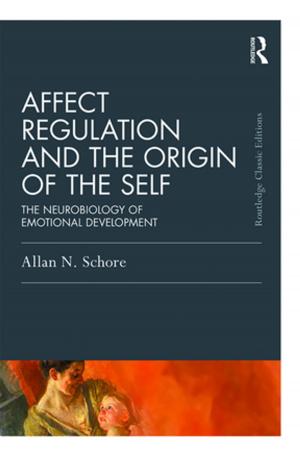A History of English Phonology
Nonfiction, Reference & Language, Language Arts, Reading, Phonetics & Phonics, Linguistics| Author: | Charles Jones | ISBN: | 9781315504117 |
| Publisher: | Taylor and Francis | Publication: | July 1, 2016 |
| Imprint: | Routledge | Language: | English |
| Author: | Charles Jones |
| ISBN: | 9781315504117 |
| Publisher: | Taylor and Francis |
| Publication: | July 1, 2016 |
| Imprint: | Routledge |
| Language: | English |
This is an attempt to view historical phonological change as an ongoing, recurrent process. The author sees like events occurring at all periods, a phenomenon which he considers is disguised by too great a reliance upon certain characteristics of the scholarly tradition. Thus he argues that those innovations arrived at by speakers of the English language many years ago are not in principle unlike those that can be seen to be happening today. Phonological mutations are, on the whole, not to be regarded as unique, novel, once only events. Speakers appear to present to speech sound materials, a limited set of evaluative and decoding perceptions, together with what would seem to be a finite number of innovation producing stratagems in response to their interpretation. It is stressed that this interpretation may itself be a direct product of the kinds of data selected for presentation in traditional handbooks and Jones notes the fact that phonological change is often "messy" and responsive to a highly tuned ability to perceive fine phonetic detail of a type which, by definition, rarely has the opportunity to surface in historical data sources.
This is an attempt to view historical phonological change as an ongoing, recurrent process. The author sees like events occurring at all periods, a phenomenon which he considers is disguised by too great a reliance upon certain characteristics of the scholarly tradition. Thus he argues that those innovations arrived at by speakers of the English language many years ago are not in principle unlike those that can be seen to be happening today. Phonological mutations are, on the whole, not to be regarded as unique, novel, once only events. Speakers appear to present to speech sound materials, a limited set of evaluative and decoding perceptions, together with what would seem to be a finite number of innovation producing stratagems in response to their interpretation. It is stressed that this interpretation may itself be a direct product of the kinds of data selected for presentation in traditional handbooks and Jones notes the fact that phonological change is often "messy" and responsive to a highly tuned ability to perceive fine phonetic detail of a type which, by definition, rarely has the opportunity to surface in historical data sources.















